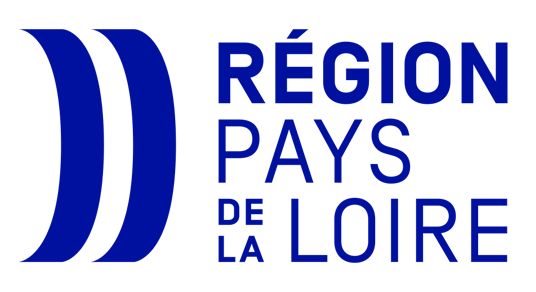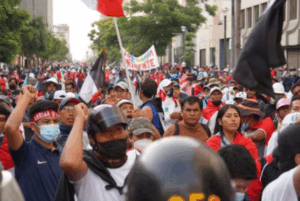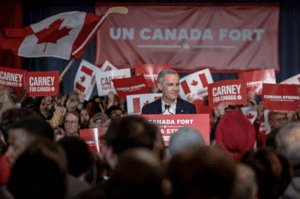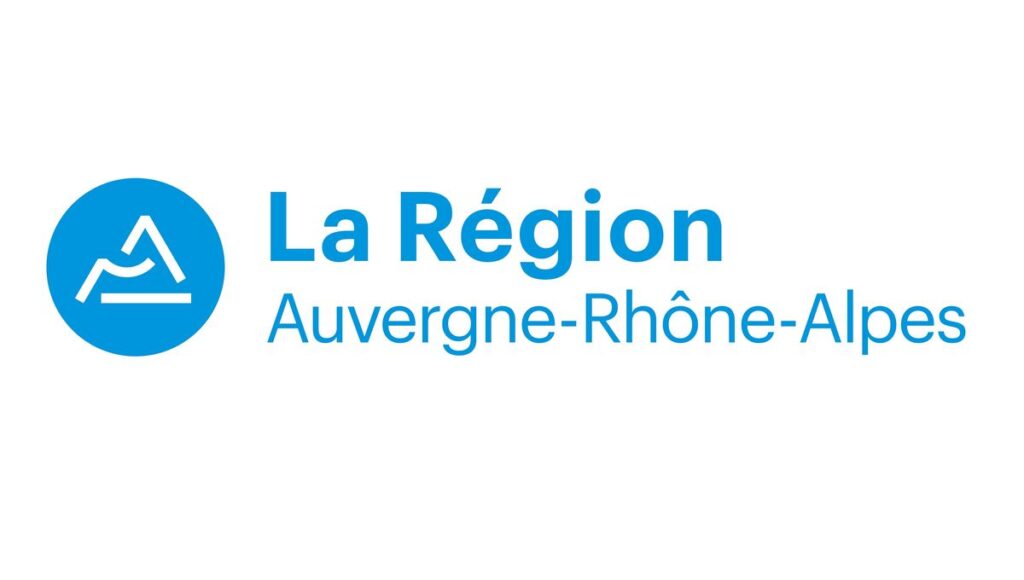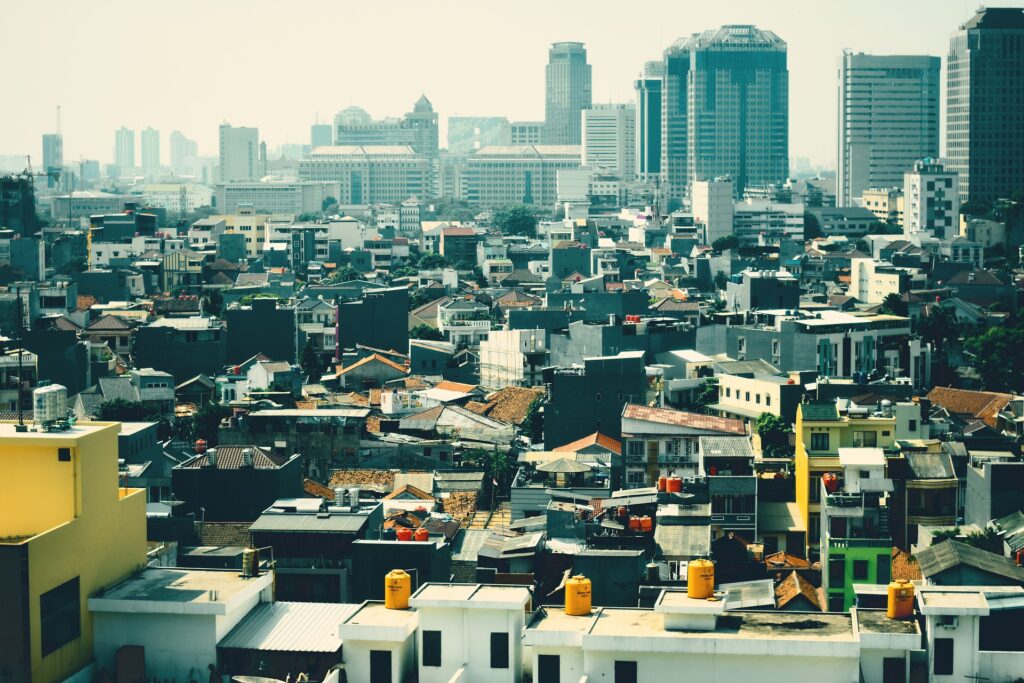Indonesia: A Vast but Unevenly Distributed Country
With approximately 18,000 islands covering an area 4 times the size of France, Indonesia has recently been seeking to redistribute its population and economic activities to other regions. These activities are primarily concentrated on the island of Java. This island is the most populous and responsible for about 60% of the national economy.
Indonesia (Jakarta)
A New Capital
Jakarta, founded during the Dutch colonial period in the 17th century, faces major issues such as land subsidence, pollution, and flooding. In response, the Indonesian government has decided to relocate the capital to Nusantara (also known as IKN), a new-built and ecological city, in order to restore the country’s economic and demographic balance. This project makes Indonesia one of the few countries to relocate its capital, like Myanmar and Malaysia.
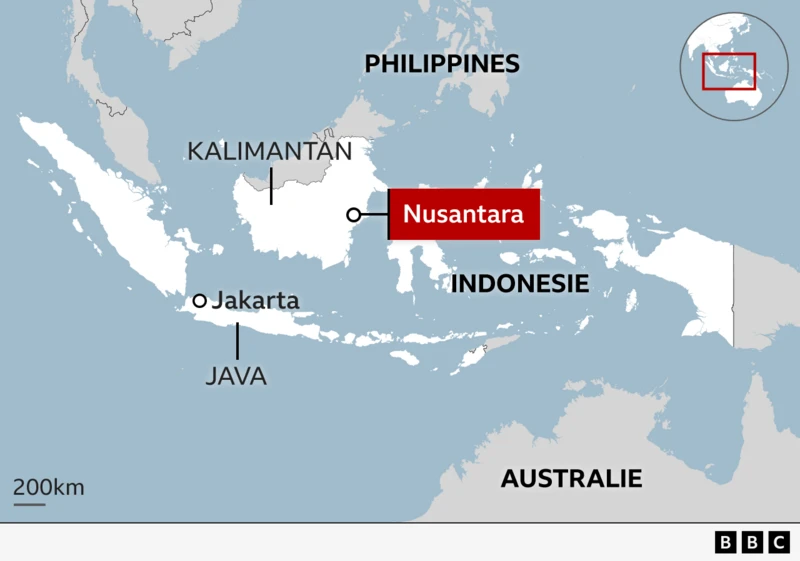
Reasons for Moving the Capital
A Dense and Congested City
Several factors explain the decision to relocate the capital. Jakarta is an extremely dense and congested city. With a population of 30 million, including 11 million within the city proper, it is the most populous metropolis in the country. For comparison, the city had only 600,000 inhabitants in 1945, and more than doubled in five years. This rapid growth has had numerous repercussions: pollution, infrastructure problems (roads, public transportation, water access…), housing issues, unsanitary conditions, and more.
Submersion of the Capital
Moreover, the rise of the sea level due to climate change is expected to cause repeated catastrophic flooding. Nearly 40% of Jakarta’s territory is now below sea level, according to the New York Times. This figure is expected to rise in the coming years.
Subsidence Phenomenon
Additionally, Jakarta is also facing a subsidence phenomenon. Certain areas are sinking by 20 to 25 centimeters, exacerbated by intense urbanization and intensive groundwater pumping. This has made Jakarta the world’s leading “sinking city,” ahead of Ho Chi Minh City and Bangkok.
Addressing Economic Imbalance
Beyond Jakarta’s challenges, relocating the capital would help restore economic balance across the country. Jakarta is located on Java Island, which represents only 7% of Indonesia’s territory but is home to 57% of the population and more than half of the country’s GDP. Therefore, the goal is to create a new growth center on another island by decentralizing power from Java to foster the development of East Kalimantan and all of Eastern Indonesia.
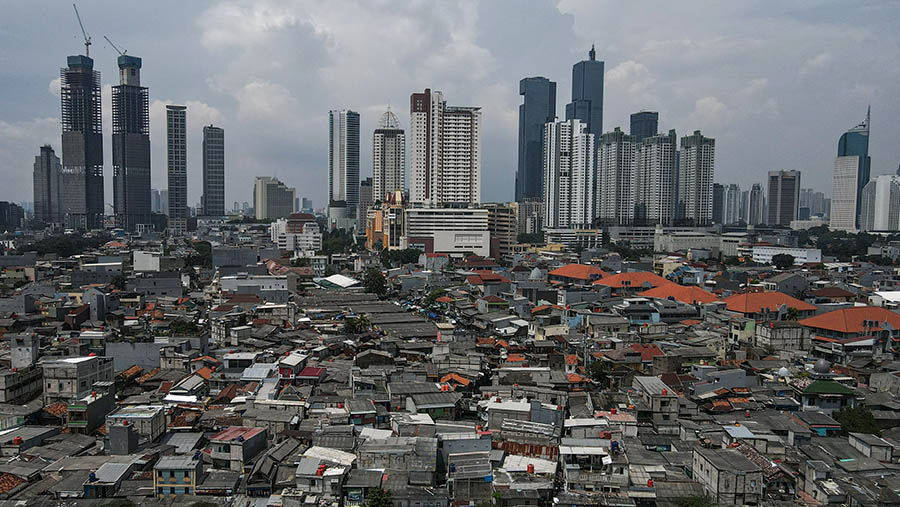
Nusantara: A Capital with Many Advantages
Geographical and Economic Strengths
The Kalimantan East region, where Nusantara is located, is rich in resources such as oil (especially in the Makassar Strait, offshore) and various minerals like coal and timber. Unlike Java Island, this region is a sparsely populated area. It has only 30 inhabitants per square kilometer in 2020, compared to the national average of 140. This low population density will allow for controlled urban expansion.
Proximity to Major Cities and Infrastructure
Nusantara also benefits from its proximity to 2 major cities: Samarinda and Balikpapan, each with a population of around 800,000. These cities already have well-developed connectivity infrastructure, including an international port in Balikpapan, 2 airports, and a 99-kilometer highway linking both. These infrastructures will facilitate the construction of Nusantara while ensuring connectivity.
The Makassar Strait: A Strategic Point
The proximity to the Makassar Strait is another asset for Nusantara. This strait provides access to the South China Sea. Less trafficked than the Malacca Strait (to the west), it is the 2nd most important maritime route, especially for hydrocarbons. Furthermore, this strait is becoming increasingly strategic, particularly with the rise in trade between Australia and Asia (especially with China).
However, the strait is also located in an area with contested maritime borders, where porous borders could foster illegal trafficking, a security challenge.
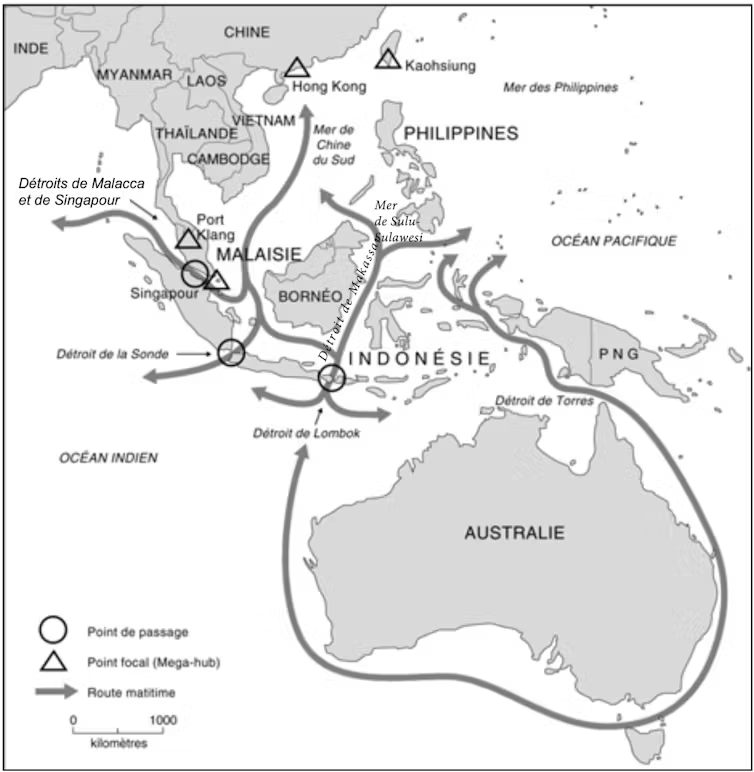
A New Capital Raising Questions
The ambitious project of constructing Nusantara has raised concerns and faces many financial, social, and environmental challenges.
Impact on Locals
The development of the capital in the Nusantara area has already displaced nearly 100 people. The construction of new infrastructures, such as a highways or an international airport, threatens to displace even more. Indigenous people living around the construction site feel ignored and fear losing their cultural identity. Mass tourism especially, like in Bali, could marginalize local communities in favor of tourism profiles.
Moreover, many locals do not have property deed, making them vulnerable to government expropriation.
Uncertain Financial Viability
Questions also surround the financial viability of the project, as it heavily relies on private investment. With an estimated cost of $33 billion for the city’s construction, Nusantara highly depends on private funding. The government has contributed only 1/5 of the project’s cost and is trying to attract investors through tax incentives, such as land tenure for up to 190 years. However, these investors remain hesitant, and no major agreements have been concluded yet.
« It is frightening to rely on 80% private investment. Investors need to see economic feasibility and ongoing development. We can’t stop halfway. »
Eka Permanasari, associate professor of urban planning at Monash University (BBC)
Additionally, in 2024, the resignation of the head officials of the Nusantara Administrative Authority, who were replaced by ministers of Public Works and Agrarian Affairs, raised more doubts about the efficiency of the project’s governance.
Social and Logistical Issues
Nusantara is intended to host 1.9 million people by 2045. The city is expected to become an administrative center for civil servants and their families. However, the living conditions have already raised concerns. Many civil servants have expressed their worries to the BBC about the lack of basic infrastructure, such as schools or leisure spaces, and the overcrowding in collective housing. Criticism also targets the project’s exclusivity. Indeed, it could become a city reserved for the elite, to the detriment of local population.
Environmental Challenges
Finally, although the project is presented as an ecological city, it raises major environmental concerns, particularly regarding deforestation and its impact on Borneo’s biodiversity. Protected areas, mangroves, and primary forests may be directly affected. Also, the construction of new roads could disrupt the habitats of endemic species, such as orangutans. According to the NGO Forest Watch Indonesia, between 2022 and 2023, 1,663 hectares of forest were deforested as part of the project. And this does not even take into consideration the impact of pollution and tourism on the area…
A Model to Rethink?
Initially, the Nusantara project was presented as a model of sustainable development, a « zero-emission » city accessible by foot or bicycle like some European cities. However, delays in infrastructure construction, lake of funding, criticism about deforestation, and concerns from locals raise questions about the project’s future.
While the first phase of the project is expected to welcome its first residents in 2025, we may wonder whether Nusantara will meet the government’s expectations, or become a project that will find its limits in the future…

